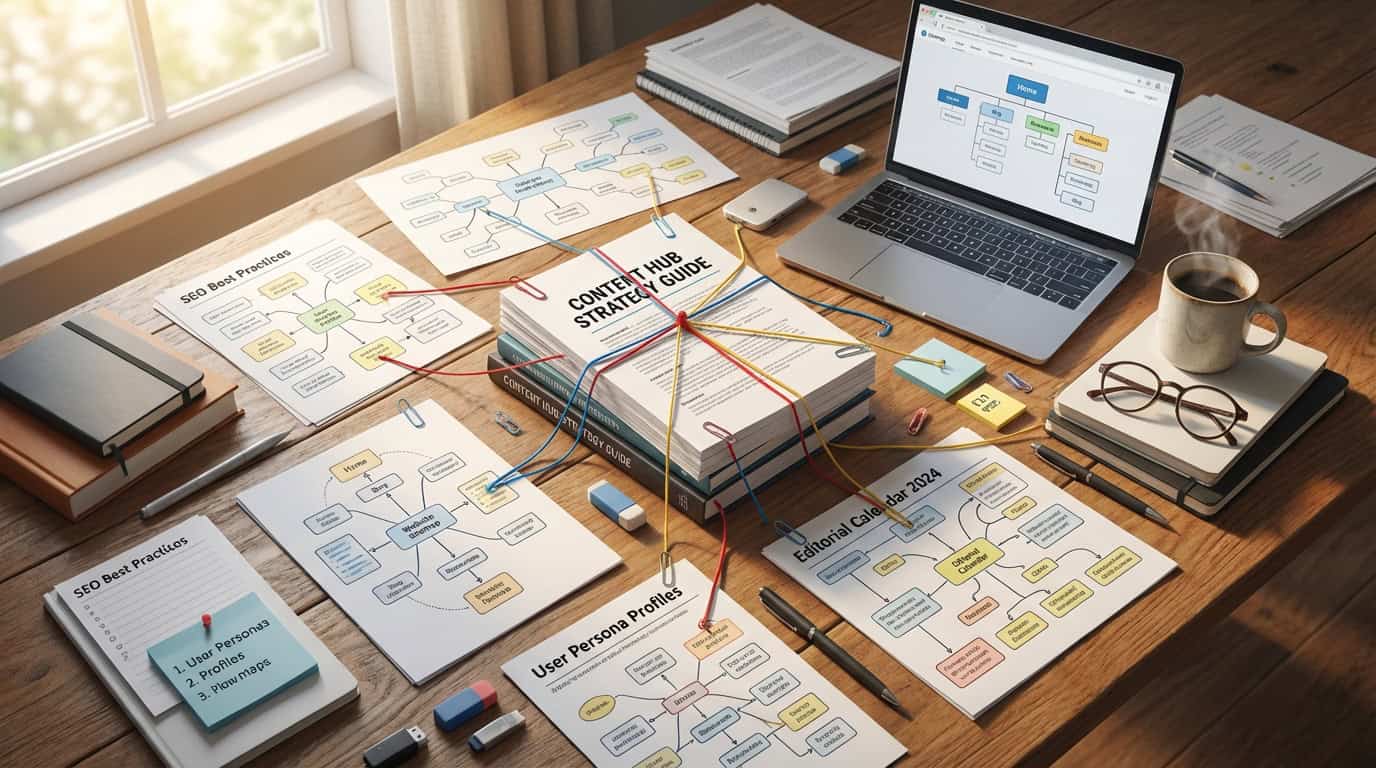Websites are essential to any business. They help companies to reach new customers, promote products, and even sell services. So, websites aren’t cheap; they cost thousands of dollars to build and maintain.
To ensure your website is worth investing in, you must do a few simple things before building it. This will ensure that you get the most bang for your buck.
Here are 5 essential elements every website needs. Once you have these essentials covered, you’ll be well on creating a great-looking website with minimal effort.

Site Content: Make Sure It’s Interesting
The content is the most crucial element of your website. Without engaging content, no one will visit your site. So be sure to include some great content on your site.
Your content should be informative and valuable. Don’t just throw together random words and phrases. Instead, use relevant topics and keywords to create unique content that helps your target audience solve problems and learn new things.
Also, keep your content short and sweet. People hate reading long pages full of information. They’d skim through a couple of paragraphs rather than slog through a lengthy post.
Finally, add graphics, videos, and interactive features to spice up your content. These tools help draw visitors back to your site over and over again.
Site Navigation: Make It Simple
Every website needs good navigation. But not every website needs a complex menu system. Instead, use straightforward site navigation to guide visitors through your content.
Simple site navigation makes it easy for visitors to find information and navigate your site. Visitors who struggle to determine where to go next may leave your site. So rather than making things complicated, keep it simple.
A critical element of your site is ensuring each link leads somewhere meaningful. Don’t just throw links at your visitors. Instead, use them to guide them through your site.
Another essential element of your site navigation system is consistency. Your site navigation should work consistently across every page; they should still understand when they visit different pages on your site.
This helps search engines better understand your site and rank it accordingly. And it makes it easier for visitors to navigate your site because they won’t have to figure out where to go after reading a particular section of your site.
Site Appearance: Give Visitors What They Want
Your website needs to be attractive and functional. But it doesn’t need to be beautiful. Your goal is to attract visitors who will convert into customers. So give them what they want!
Visitors want to find information quickly and easily. Make sure your content is organized logically and presented. Use bold headings, bullet points, and lists to help visitors navigate your pages.
Also, keep things simple. Don’t use too many graphics, fonts, colors, or animations. Keep everything clean and uncluttered. Avoid distracting background patterns, loud colors, and flashy effects.
Finally, make sure your site loads fast. People hate slow websites. And they will not stay long enough to become customers if your site takes forever to load.
Be sure your site looks great across devices, including desktops, tablets, smartphones, and eReaders. Also, ensure that your site is responsive and adjusts to fit whatever device it is viewed on.
Make sure your site loads quickly by testing different browsers and operating systems. Also, test your site speed on Google PageSpeed Insights. This free tool analyzes your site’s performance and suggests improving its loading speed.

Site Functionality: Make Use of Technology
The internet is no longer just a place where we find information; it’s now where we go for entertainment, shopping, socializing, and communicating. So it makes sense that websites need to be able to adapt to whatever device users are accessing them from.
That means websites must use responsive design (also known as adaptive web design). Responsive design allows your site to adjust its layout and content automatically to fit any screen resolution. This ensures that your site looks great on every device, including smartphones, tablets, desktops, and laptops.
Responsive design also helps improve user experience because it provides a consistent browsing experience across devices. Users won’t have to worry about whether they’re looking at a website on their phone or tablet or their laptop or desktop computer. They’ll be able to access the same website regardless of their device.
There are many different ways to implement responsive design. Some sites use JavaScript to detect the browser width and resize the page accordingly, while others use CSS media queries to change the style sheet depending on the screen size. Still, others use a combination of both approaches. Whatever method you choose, ensure it works properly on all devices.
Site Security: Ensure That Visitors Can Trust You
Another element of every website is trustworthiness. Your visitors need to be able to trust you. They must feel confident that you’re not going to steal their information or sell them out to advertisers.
This means that your website needs to be secure. This includes protecting yourself from hackers who may try to break into your website and steal your data. It also means ensuring that no one can impersonate you or use your name to take advantage of unsuspecting visitors.
A critical component of a secure website is encryption. Encryption scrambles data so that only authorized users can access it. Hackers could easily intercept sensitive information such as credit card numbers, passwords, and personal details without encryption.
Another vital element of ensuring that visitors can trust you has a trustworthy domain name. Your domain name should reflect who you are and what you sell. For example, if you’re a professional photographer, you may use “photographer.com.” If you’re a mommy blogger, you may use “mommyblogger.net.” And if you’re a personal trainer, you may use “personaltrainer.biz.”
Your domain name should also include your company name so visitors can easily find you when searching for your product or services.

If you’re looking to build a website, you should never forget that content and design are essential elements of any site. Content is king, but without a solid visual aspect, your audience won’t have much incentive to stick around. And the structure is equally important—if you don’t give visitors a clear idea of where they are within your site, they’ll quickly leave. Make sure both of these elements are present in your next project.
If you have a website, chances are you’d like to attract more visitors, increase sales, and build brand awareness. But before you go off and hire someone to design a site for you, look around online and see what others are doing. Learn more about hiring a Web Designer here.
Many free resources are available to help you create a successful website. And once you’ve done that, remember that the most important thing you can do for your site is to provide helpful information for your readers. Ensure you include links to related articles and products, and ensure everything is easily accessible from any page on your site. Finally, always test your pages thoroughly before launching them live. Your customers will thank you for it!
See also: 6 Elements Every Business Website Needs


